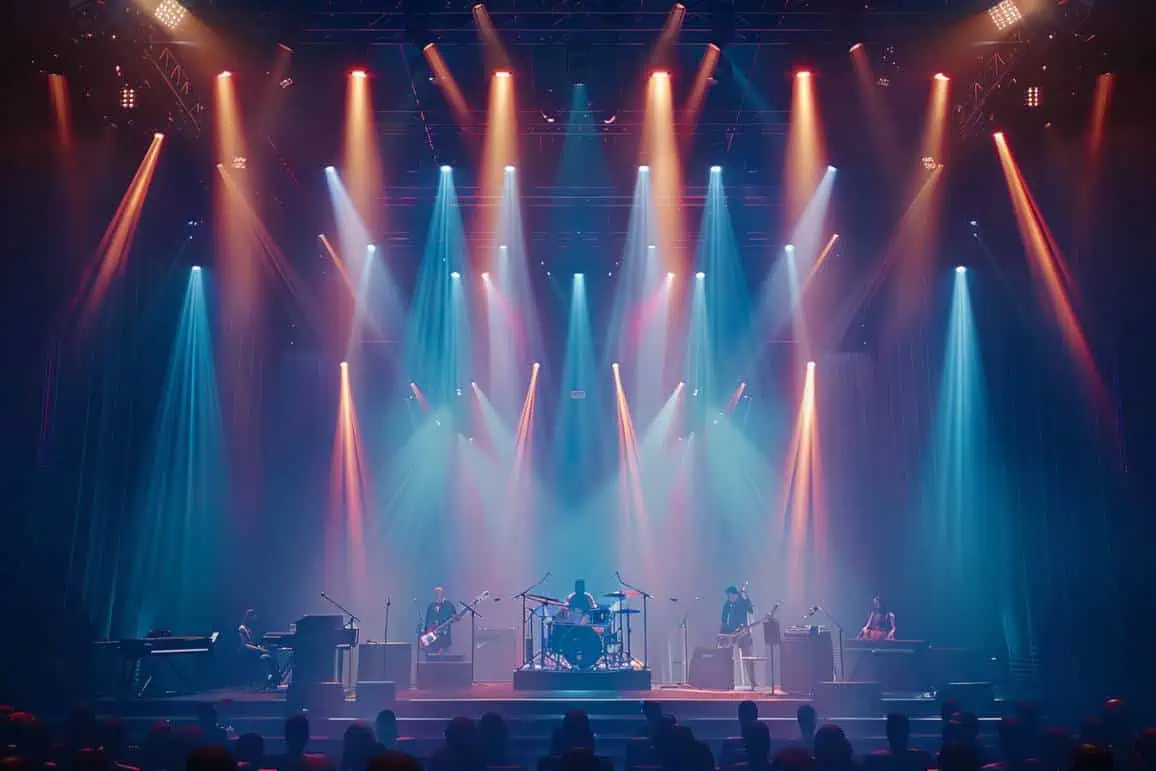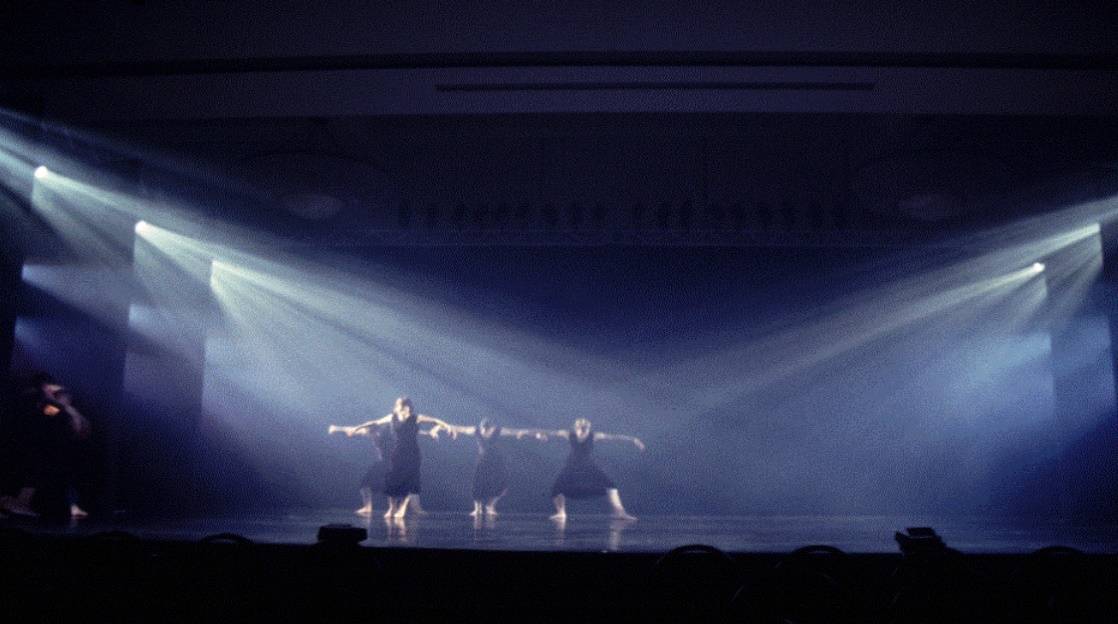Introduction: Choosing the Right Tools for Light Craftsmanship
In the world of stage and event lighting, the tools you choose define the story you can tell. For lighting designers, selecting the right fixture is not just a technical decision—it’s a creative and logistical one.
To uncover what truly matters in the selection process, we spoke with four experienced lighting professionals across diverse sectors: concerts, theater, television, and event production. Their insights reveal how different use cases prioritize different features, and how some universal principles guide all fixture choices.
1. Alex Rivera – Touring Lighting Designer (Concerts)
Years of experience: 15
Recent tour: Latin pop world tour, 40 cities
“When you’re touring globally, your lights are traveling more than your artists,” says Alex. “The fixtures have to be durable, easy to program, and offer repeatable results across venues.”
Key Considerations:
Durability: Flight-safe, road-tested chassis
Multi-functionality: Hybrid Beam/Spot/Wash fixtures to reduce truck space
Fast programming: Pre-set macros and familiar UI on DMX profiles
Brightness: Capable of cutting through video walls and strobes
“I look for lights that make the most of the smallest rig. If I can pixel map, gobo project, and strobe from one unit, that’s my dream.”
Preferred Features: IP-rated fixtures, RDM support, high refresh rates for camera capture
Dealbreaker: Fixtures that flicker on video or lose calibration on the road

2. Simone Lee – Theater Lighting Designer
Years of experience: 20+
Recent work: Contemporary opera, black box experimental theater
“In theater, lighting supports narrative. So I prioritize color accuracy, quiet operation, and precise control.”
Key Considerations:
Color Rendering Index (CRI): Must be 90+ for accurate skin tones
Smooth dimming: Zero-to-full fade without steps
Noise level: Silent cooling for intimate venues
Cue tracking: Reliable DMX behavior with zero drift
“I love profile spotlights with adjustable shutters. I want to carve the light, not just flood the stage.”
Preferred Features: Framing shutters, CMY mixing, variable CTO
Dealbreaker: Fan noise during quiet dramatic moments

3. Kevin Tran – Broadcast Lighting Director (Television)
Years of experience: 12
Recent projects: Live award shows and news studios
“For camera, it’s all about consistency. I need fixtures that look good on skin and don’t shift color temperature.”
Key Considerations:
High refresh rate: 25kHz or more to avoid flicker
Flicker-free dimming: Especially critical during close-ups
Fixed white options: 3200K and 5600K with low green/magenta shift
DMX mapping: Must work flawlessly with media servers
“I also need compact profiles that don’t show up in reflections or wide camera angles.”
Preferred Features: Fresnel optics, wireless DMX backup, CRMX compatibility
Dealbreaker: Color drift over time or inconsistent batch temperatures

4. Mia Chen – Wedding & Corporate Event Lighting Designer
Years of experience: 8
Recent work: Destination weddings, luxury brand launches
“In my world, the fixture must disappear visually but perform elegantly. I care about form factor, portability, and wireless control.”
Key Considerations:
Battery-powered: Quick setups in venues with limited access
Wireless DMX: To avoid tripping hazards
Low-profile design: Lights must blend into decor
RGBWA+UV: For precise color control and pastel palettes
“I often use LED uplights that can double as effect lights and base washes.”
Preferred Features: Magnetic bases, app control, color presets
Dealbreaker: Bulky units with noisy fans or exposed cables
5. Common Threads: What All Designers Agree On
Despite their different domains, all designers emphasized:
Reliability: No one wants a fixture to fail during showtime
Vendor support: Availability of parts, documentation, and response time
User interface: Onboard menus or remote programming that’s intuitive
Flexibility: A fixture that can adapt to multiple roles across shows
6. The Technical Wish List for All Use Cases
| Feature | Concert | Theater | Broadcast | Event |
|---|---|---|---|---|
| IP65 rating | ✅ | Optional | Optional | ✅ |
| CMY + CTO color mixing | ✅ | ✅ | ✅ | ✅ |
| Quiet operation | ⚠️ | ✅ | ✅ | ✅ |
| Wireless DMX | ✅ | Optional | ✅ | ✅ |
| Auto macros/presets | ✅ | ⚠️ | ✅ | ✅ |
| Low power consumption | ✅ | ✅ | ✅ | ✅ |
7. Tips from the Pros
Alex Rivera:
“Invest in multipurpose lights that scale. What works in an arena should still look good in a 1,000-seat theater.”
Simone Lee:
“Always demo before you commit. No spec sheet replaces your eye on the actual stage.”
Kevin Tran:
“Test under camera. What looks bright and white to your eye may ghost on film.”
Mia Chen:
“Think from the client’s perspective. The fixture should serve the moment without stealing attention.”
8. Final Thoughts
Lighting fixture selection is more than a spec battle. It’s about trust, experience, and knowing your audience—whether that’s seated in a theater, cheering in a stadium, or watching on TV.
As our interviews show, while every designer brings unique needs to the table, they all agree on one principle: a fixture must be reliable, flexible, and easy to control. The rest is creative magic.
READ MORE:
Products
Contact us





Blue Sea Lighting is an enterprise with rich experience in the integration of industry and trade in stage lighting and stage special effects related equipment. Its products include moving head lights, par lights, wall washer lights, logo gobo projector lights, power distributor, stage effects such as electronic fireworks machines, snow machines, smoke bubble machines, and related accessories such as light clamps.
Quick Links
For more questions subscribe to our email








